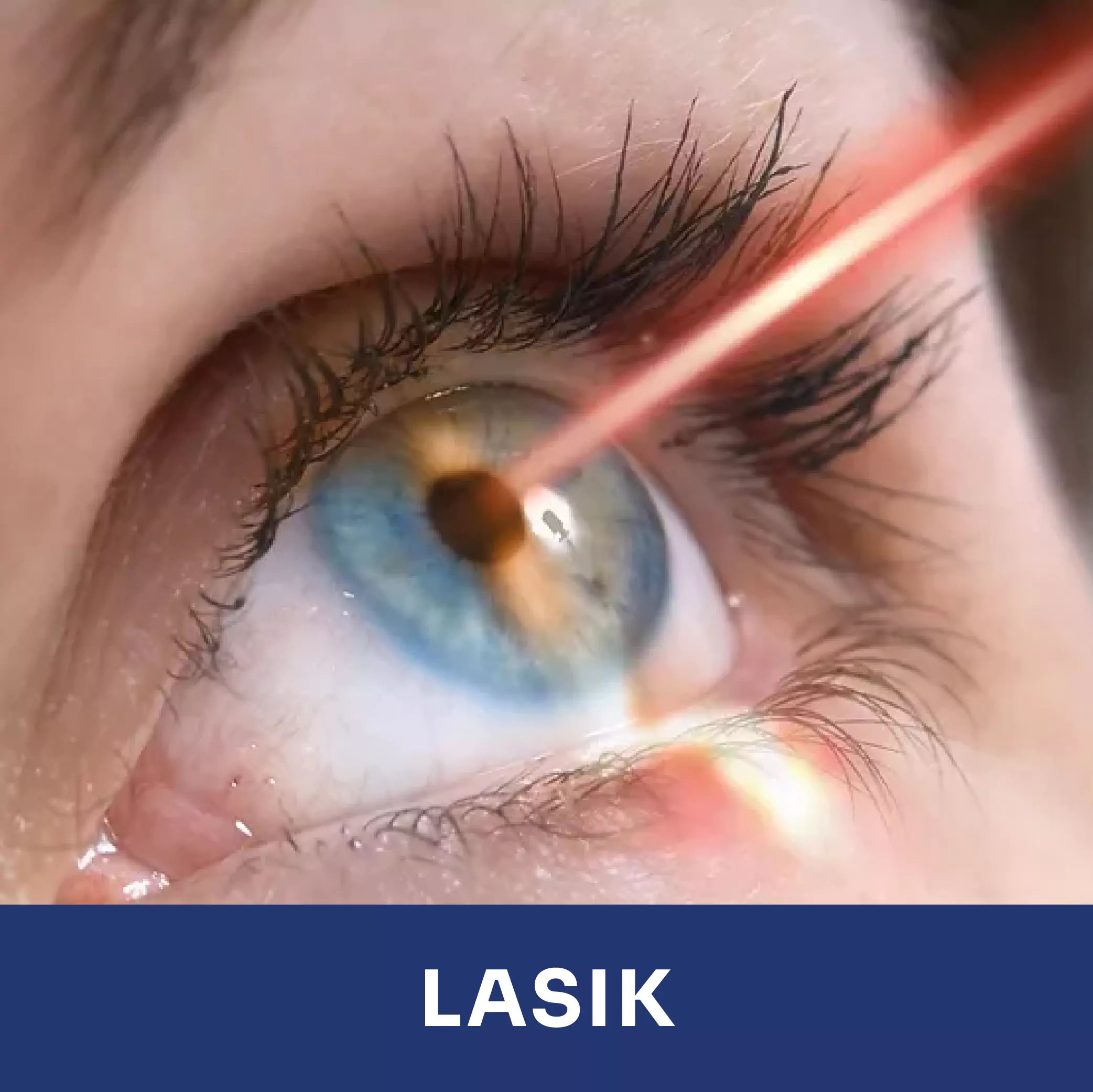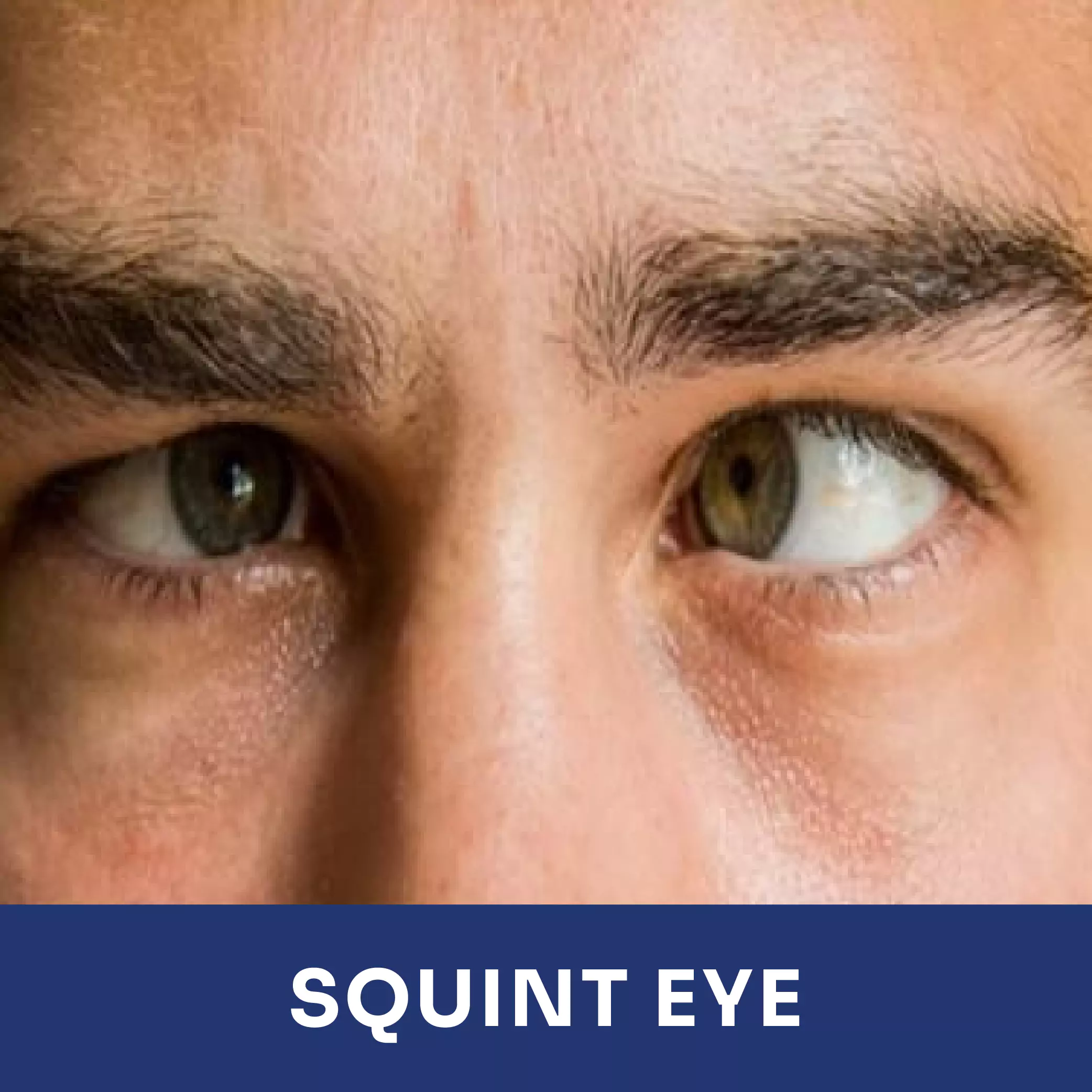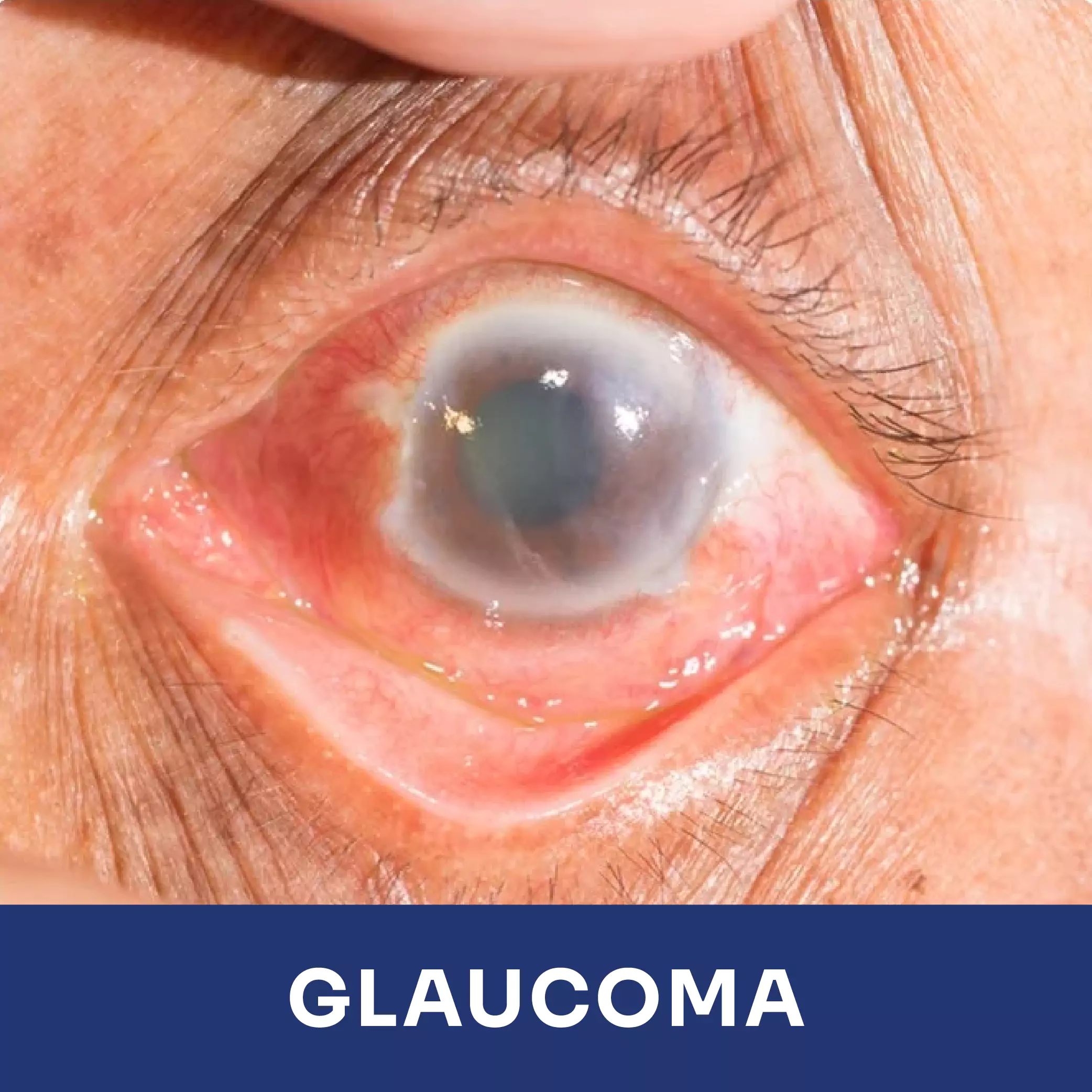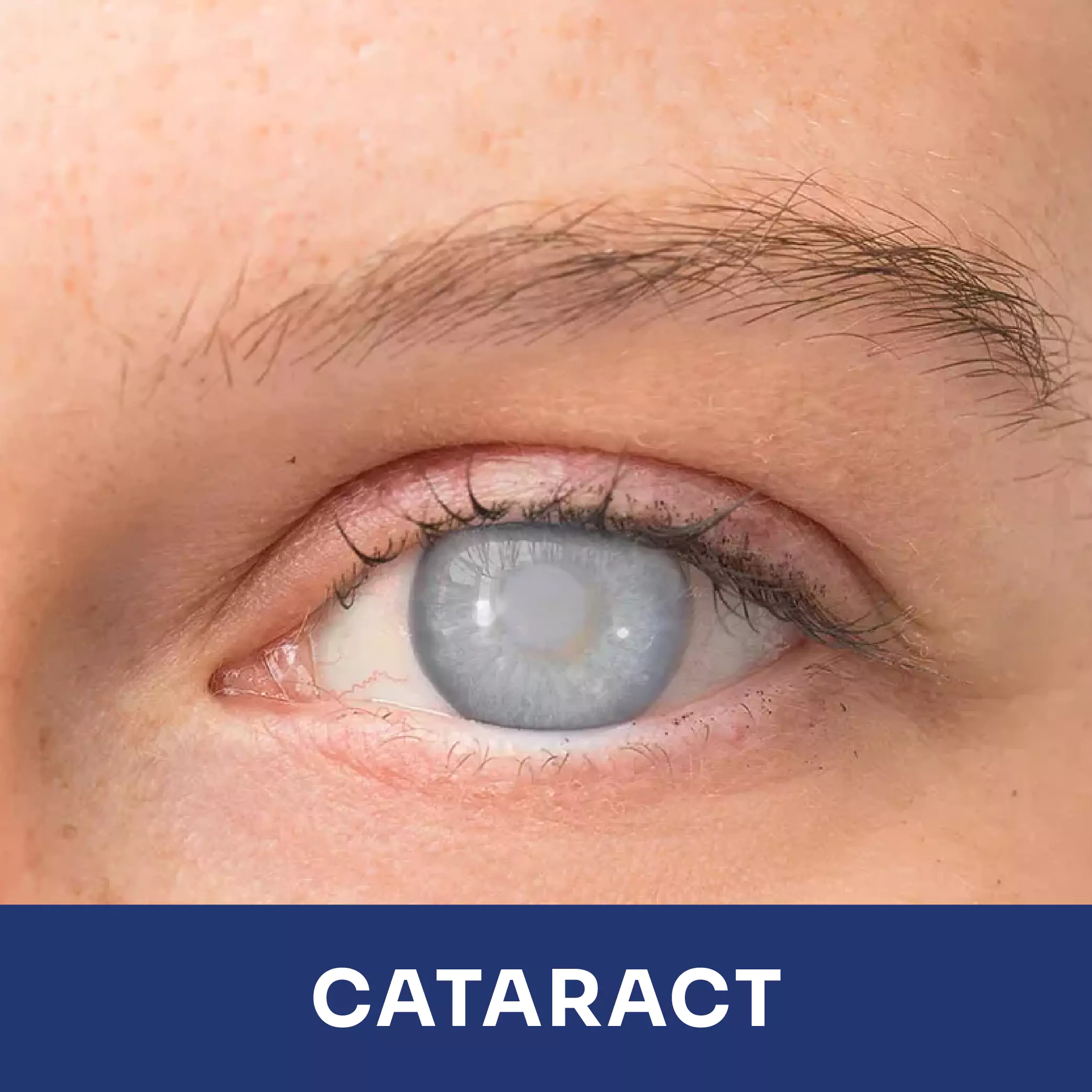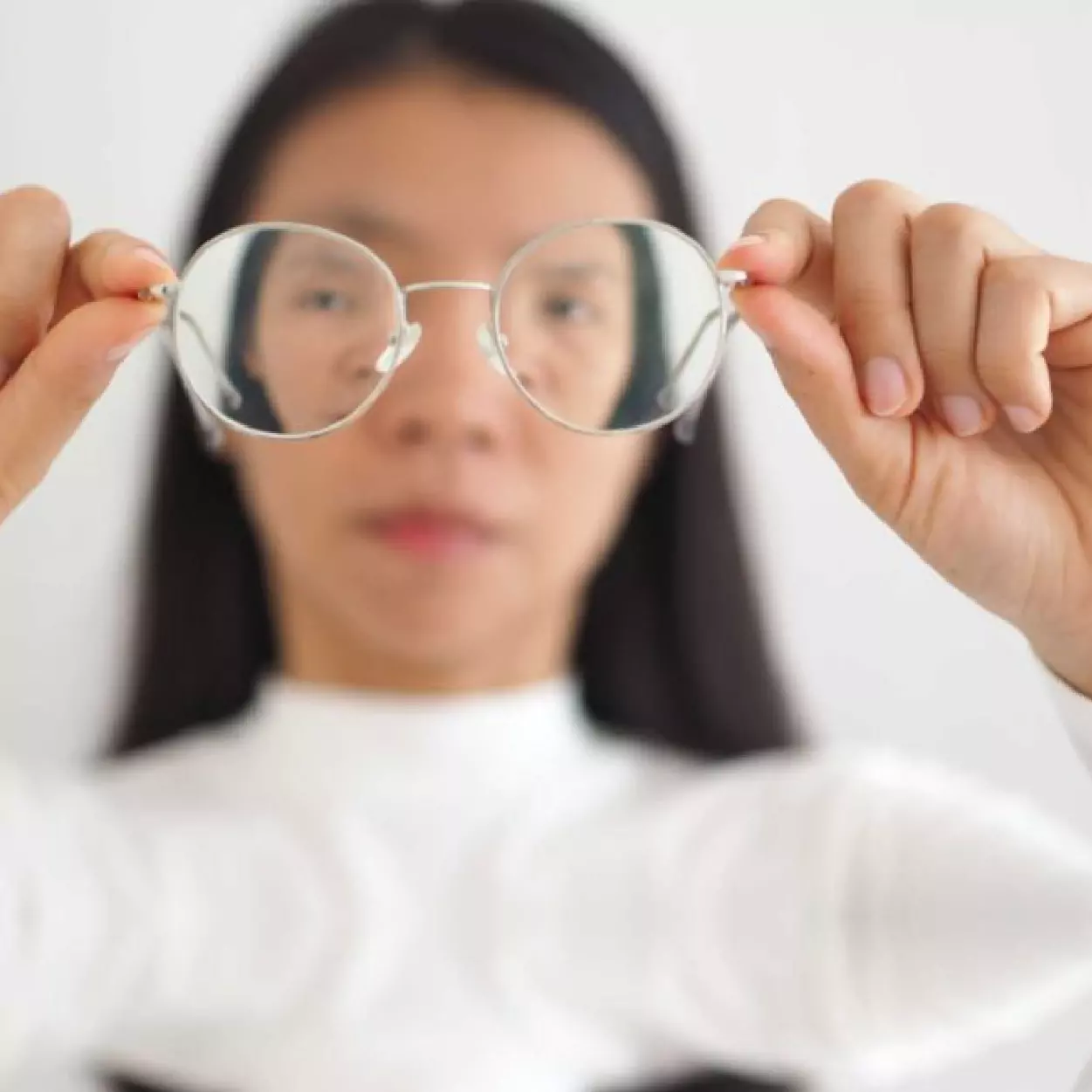
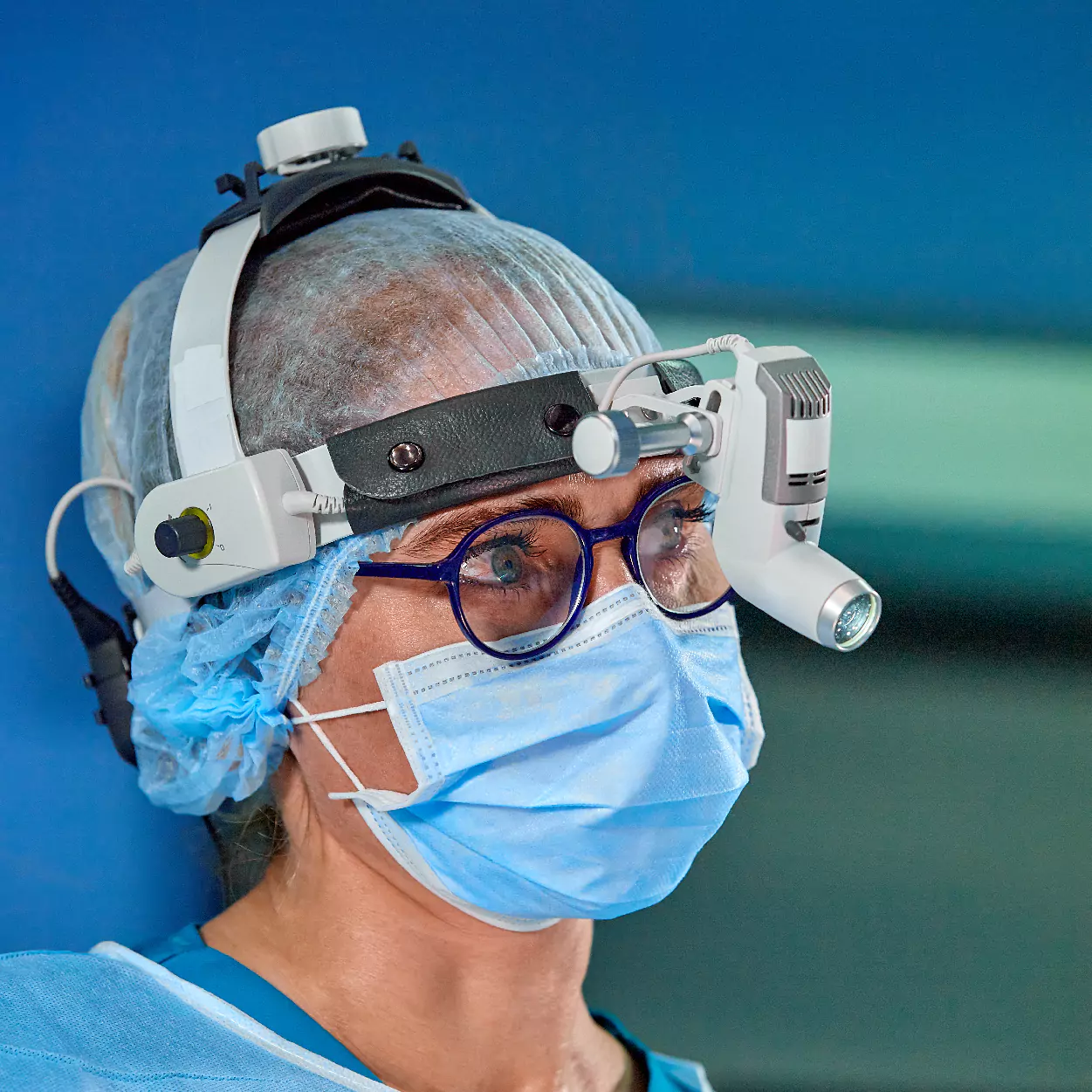
What is Refractive Errors?
Refractive errors occur when the shape of your eye prevents light from focusing directly on your retina. This results in blurred vision and includes conditions like myopia, hyperopia, astigmatism, and presbyopia.
Discover everything you need to know about Refractive Error’s condition and how we can treat it.
Symptoms
Refractive errors can significantly affect your vision and daily life. Here are some common symptoms:
- Blurred Vision: Difficulty seeing objects clearly at various distances.
- Double Vision: Seeing two images of a single object.
- Eye Strain: Discomfort or fatigue from prolonged visual tasks.
- Headaches: Often from straining to see clearly.
- Squinting: Attempting to focus on objects.
- Difficulty Reading: Trouble seeing text clearly, especially small print.
Causes
Refractive errors are usually due to the shape of the eye or cornea. Common causes include:
- Genetics: Family history of refractive errors.
- Aging: Natural changes in the eye’s lens and shape over time.
- Eye Shape: Irregular shape of the eyeball, cornea, or lens.
- Health Conditions: Certain conditions like diabetes can affect eye health.
- Environmental Factors: Prolonged screen use or reading can strain the eyes.
Impact
Living with untreated refractive errors can significantly affect your quality of life. Here’s how it can impact you:
- Difficulty Driving: Especially at night or in bright sunlight due to blurry vision.
- Challenges with Reading: Needing glasses or straining to see text can make reading difficult.
- Dependence on Eyewear: Relying on glasses or contacts can be inconvenient and limiting, especially during physical activities or travel.
- Limited Hobbies: Activities like sports, swimming, and crafts become harder to enjoy and participate in fully.
Diagnosis
- Visual Acuity Test: Measures your ability to see at various distances.
- Refraction Test: Determines the exact prescription for glasses or contact lenses.
- Keratometry: Measures the curvature of the cornea to diagnose astigmatism.
- Retinoscopy: Assesses how light reflects from your retina.
- Eye Health Exam: Checks for any other underlying eye conditions.
Treatments
- Eyeglasses: Custom lenses to correct vision.
- Contact Lenses: An alternative to glasses, offering a wider field of view.
- Refractive Surgery: Procedures like LASIK and PRK to reshape the cornea.
- Orthokeratology: Special contact lenses worn overnight to correct vision temporarily.
- Vision Therapy: Exercises and training to improve visual skills and comfort.
Frequently Asked Questions?
What are Refractive Errors?
Refractive errors are vision problems caused by the shape of the eye, leading to blurred vision. Common types include myopia, hyperopia, astigmatism, and presbyopia.
How do I know if I have a Refractive Error?
Symptoms include blurred vision, double vision, eye strain, headaches, and difficulty reading. An eye exam can diagnose refractive errors.
What causes Refractive Errors?
Causes include genetics, aging, irregular eye shape, certain health conditions, and prolonged screen use or reading.
How are refractive errors treated?
Treatments include eyeglasses, contact lenses, refractive surgery, orthokeratology, vision therapy, and lifestyle adjustments.
Can refractive errors be cured?
While not “cured,” refractive errors can be effectively managed with corrective lenses or surgery to improve vision.
Is refractive surgery safe?
Refractive surgery like LASIK is generally safe and effective for many people, but it’s important to discuss risks and benefits with your eye doctor.
Correct Refractive Errors with Expert Eye Care Solutions from SeeClearly’s Expert Surgeons
Say goodbye to blurry vision with our advanced refractive error treatments. Our trusted specialists provide precise solutions for clear sight.
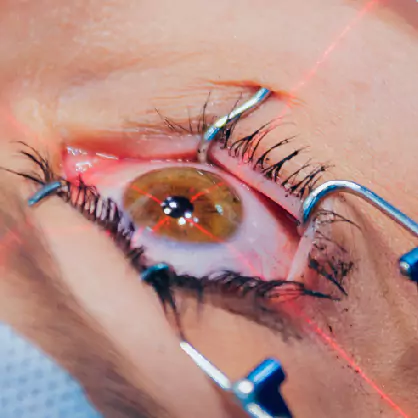
Fix Your Vision
Find the best treatment for refractive errors with our expert network. Schedule a consultation with leading eye care professionals.

